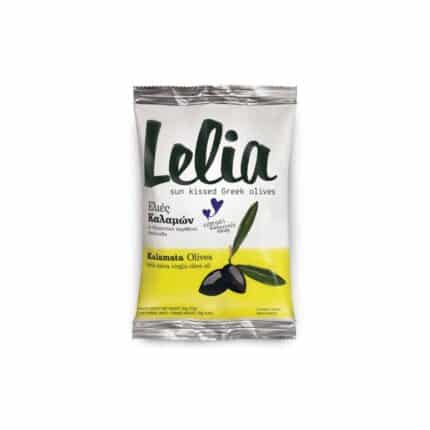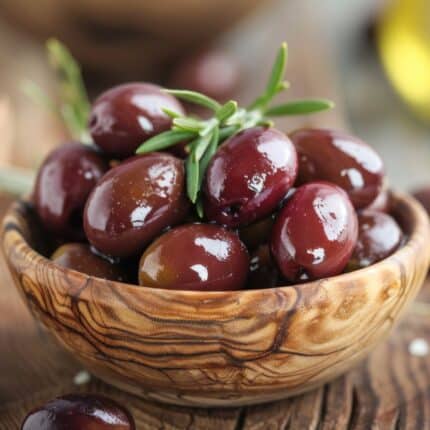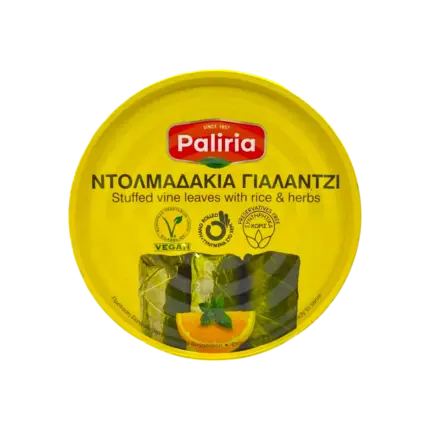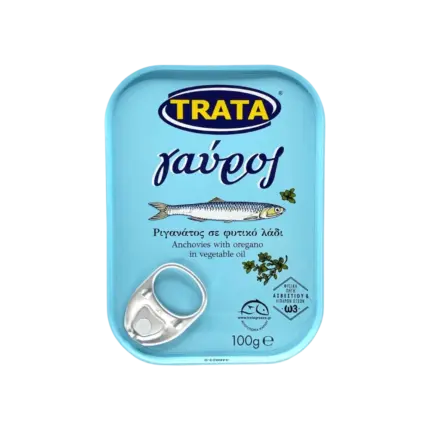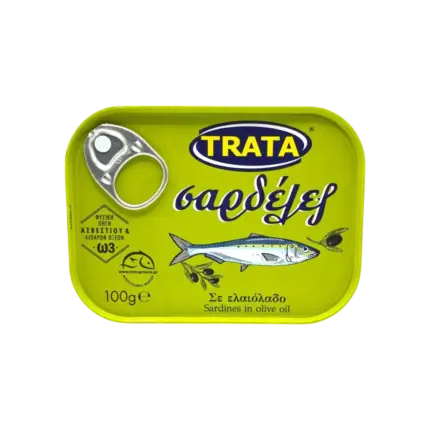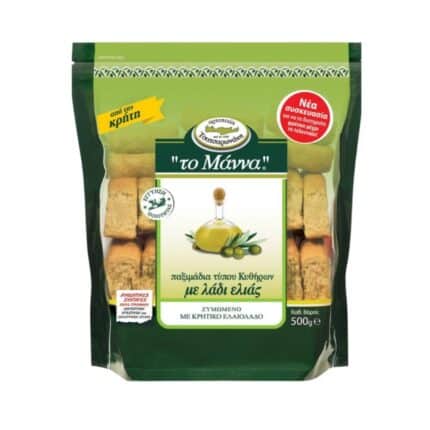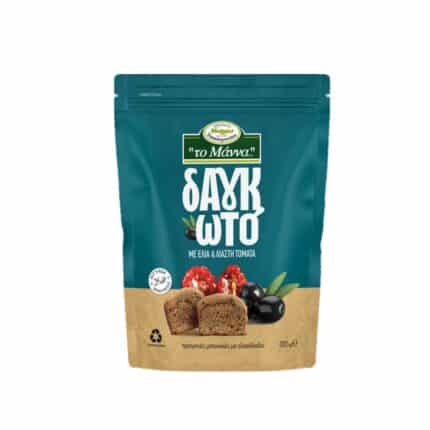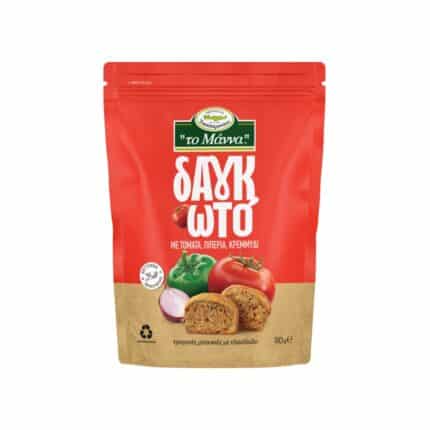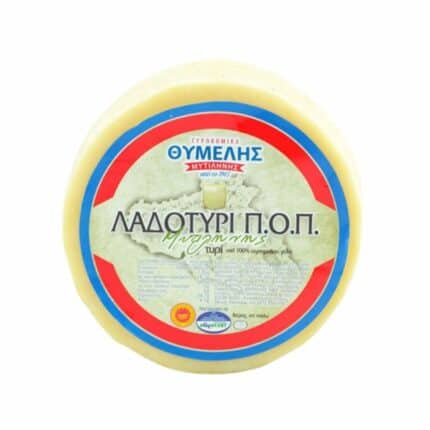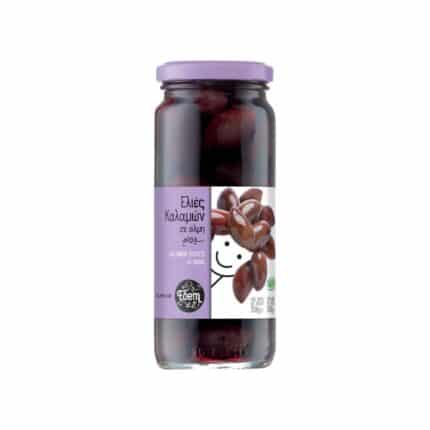Our Blog
What is in Greek Meze?
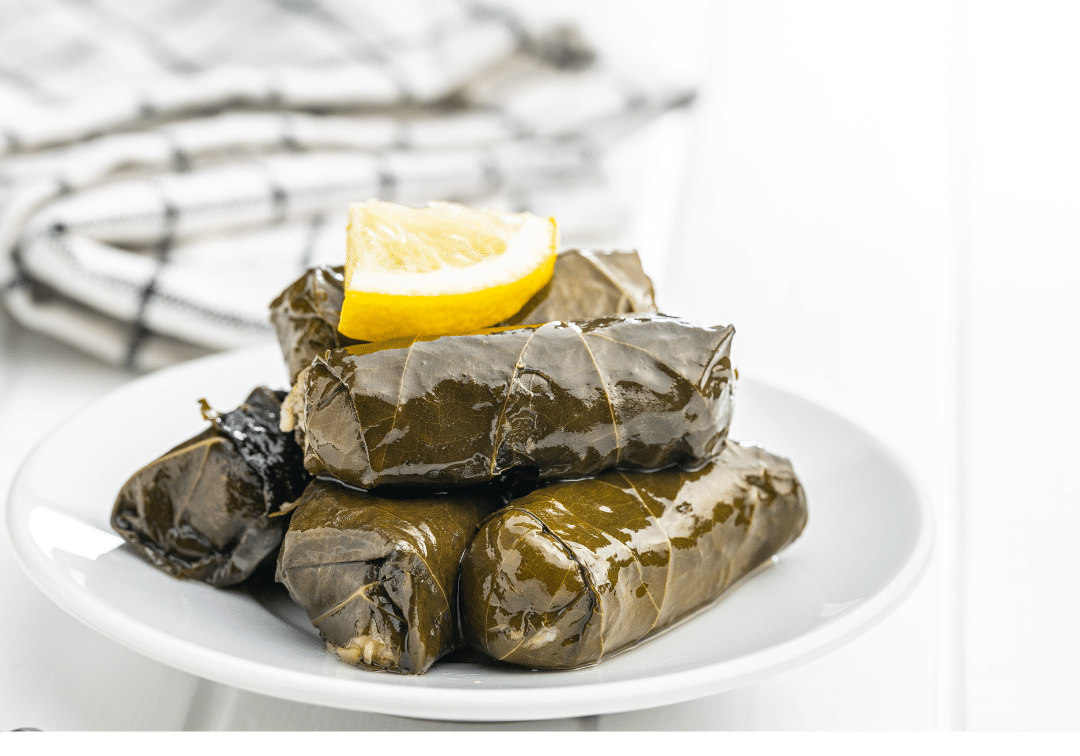
Greek meze is the heart of the country’s culinary tradition—a collection of small dishes that bring people together to share and enjoy a variety of flavors. Typical meze includes marinated octopus in olive oil and vinegar, fresh vegetables like tomatoes and cucumbers, pita bread or traditional rusks, tzatziki, meatballs (keftedakia), saganaki (fried cheese), dolmades (stuffed vine leaves), taramosalata (fish roe spread), olives, and feta cheese. Often accompanied by ouzo, tsipouro, or wine, meze is more than just appetizers—it’s a social experience embodying Greek hospitality and joy.
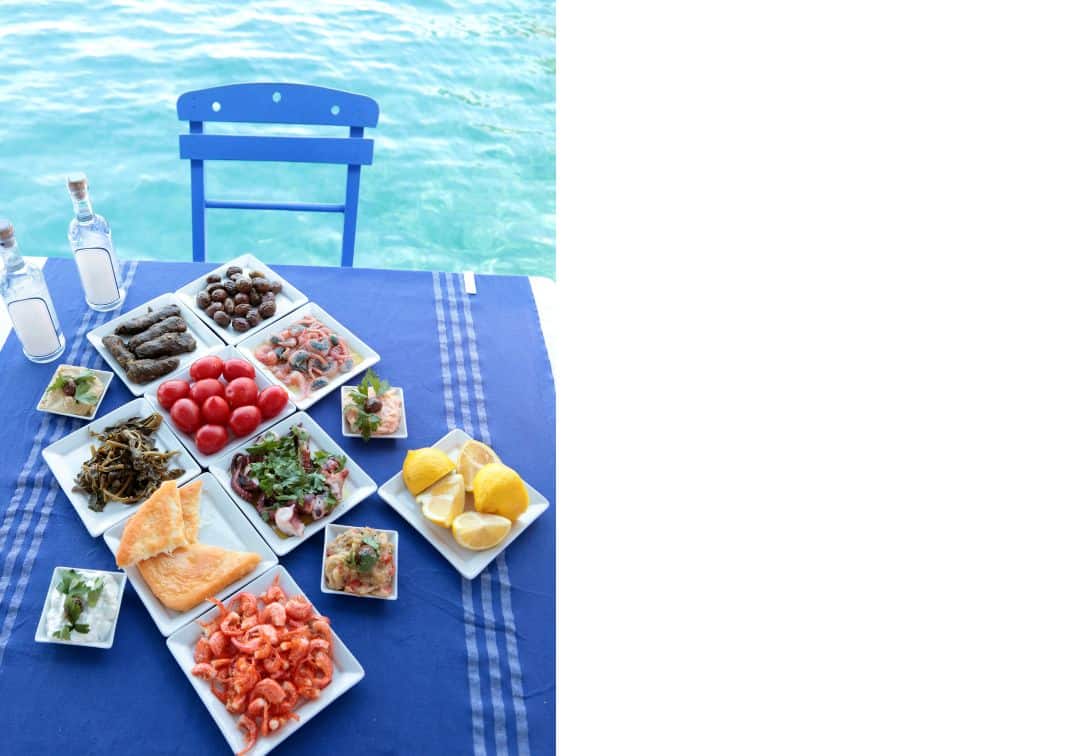
The Essence of Meze
When you think of Greek cuisine, one of the first things that comes to mind is meze. It’s not just about the food; it’s about the experience of sharing, connecting, and enjoying a variety of flavors together. Meze represents the communal aspect of Greek dining, where an assortment of dishes is placed at the center of the table, encouraging everyone to partake and enjoy.
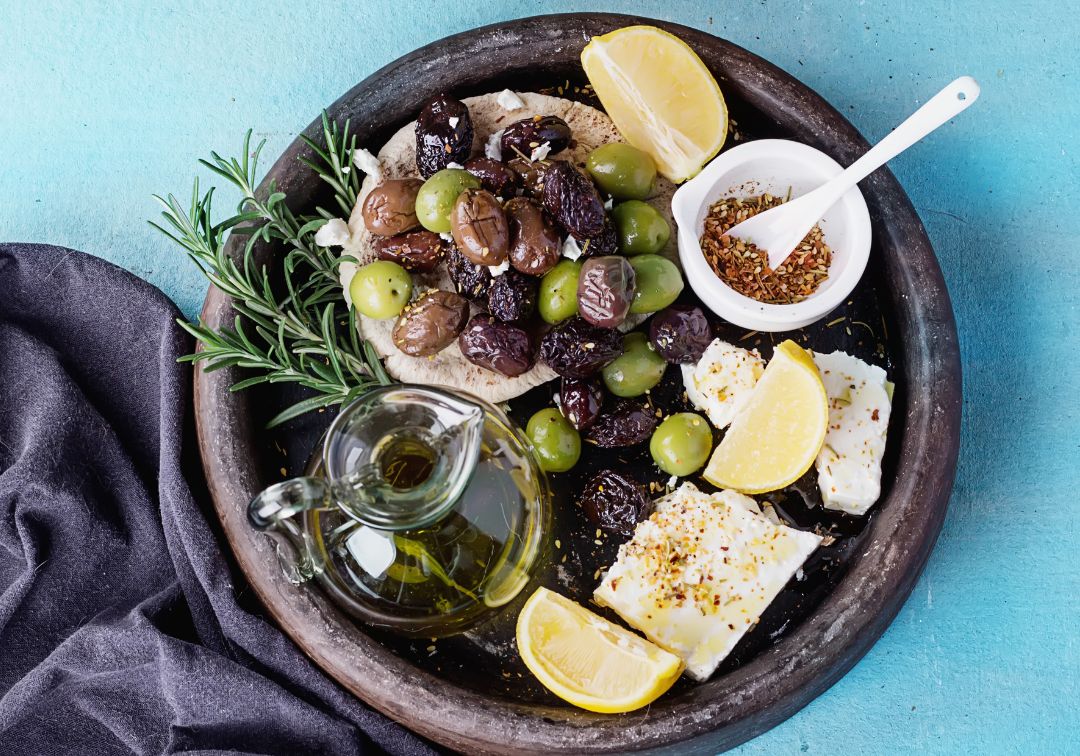
A Variety of Flavors
Greek meze includes a diverse array of dishes, from simple to elaborate, often combining contrasting flavors in a single serving. Some typical meze dishes are:
-
- Olives and Feta Cheese: Classic staples showcasing Greece’s renowned olives and cheese.
- Fresh Vegetables, Usually Tomatoes and Cucumbers: Slices of juicy tomatoes and crisp cucumbers, often served with a sprinkle of salt and oregano.
- Pita Bread or Traditional Rusks: Warm pita bread or crunchy rusks perfect for dipping and accompanying other dishes.
- Tzatziki: A refreshing yogurt and cucumber dip flavored with garlic and dill.
- Meatballs (Keftedakia): Savory meatballs infused with herbs, often enjoyed with a side of tzatziki.
- Saganaki: Golden fried cheese that melts in your mouth.
- Dolmades: Vine leaves stuffed with rice, herbs, and sometimes minced meat.
- Taramosalata: A creamy fish roe spread, perfect with bread or rusks.
- Marinated Octopus in Olive Oil and Vinegar: Tender octopus marinated to perfection, offering a tangy and savory taste.
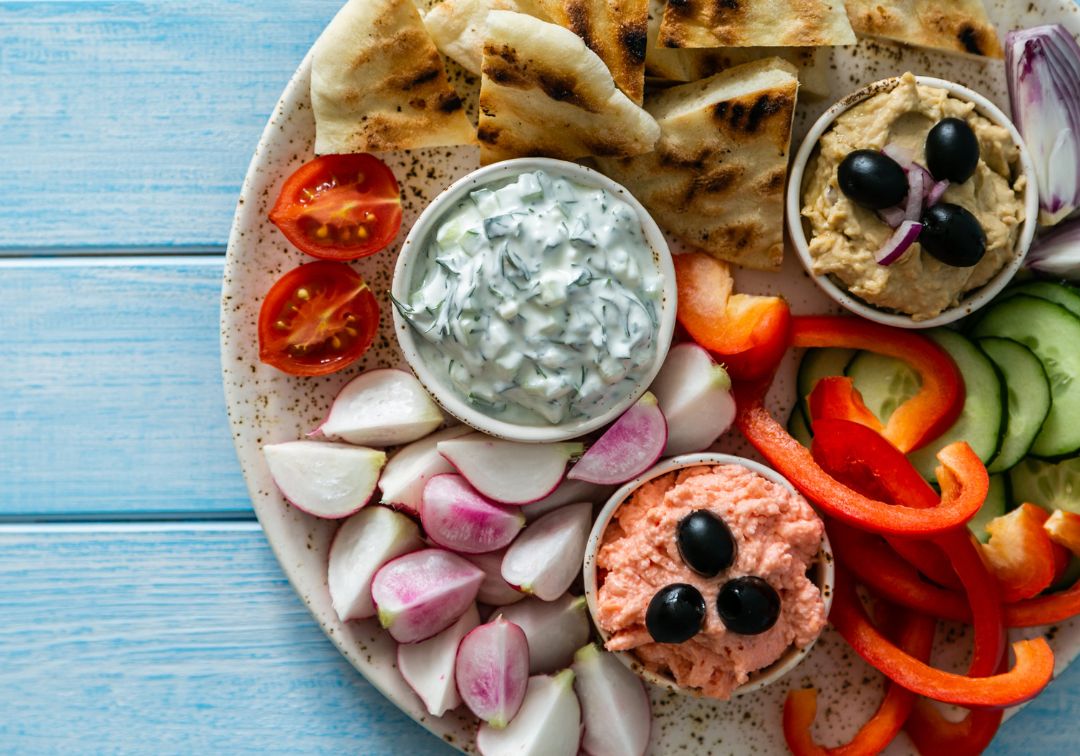
More Than Just Appetizers
Meze dishes often begin the meal as appetizers but can become the main attraction due to their variety and abundance. They embody the most universal aspect of Greek cuisine—casual, unpretentious, and often enjoyed with the hands, enhancing the relaxed and communal dining experience.
A Social Gathering
Sharing meze is deeply ingrained in Greek culture. It brings people closer, often leading to lively conversations and the joyful clinking of glasses and utensils. It’s about companionship, shared enjoyment, and the unifying power of food.

Pairing with Drinks
Meze is traditionally accompanied by spirits like ouzo, tsipouro, or a glass of local wine. These beverages complement the flavors of the dishes and contribute to the convivial atmosphere, making the meze experience even more delightful.
Conclusion
Greek meze is more than a collection of dishes; it’s the centerpiece of Greece’s culinary universe. It unites people, brings diverse foods together on the same table, and represents the most authentic and unpretentious aspect of Greek cuisine. Whether in a seaside taverna or a city mezze bar, sharing meze is an integral part of Greek life that embodies hospitality, joy, and the pleasure of good company.

